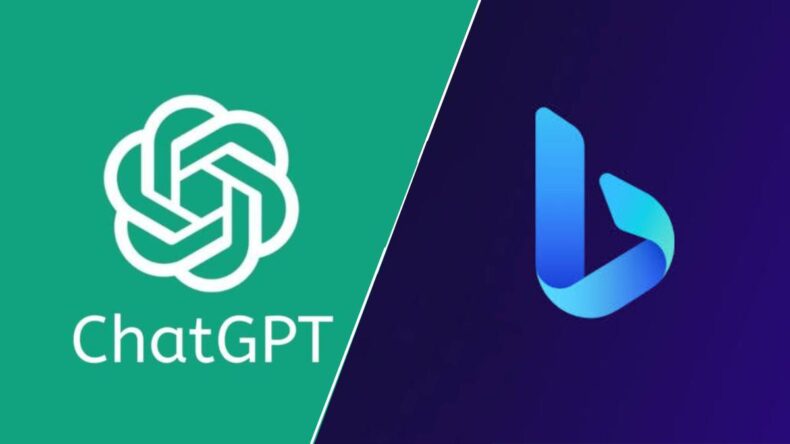Table of Contents
OpenAI has launched ChatGPT enterprise which is just six weeks after Microsoft launched its own AI powered Bing enterprise to enter the business demographic and aim to streamline their operations, make leaner Teams and improve work efficiency.
The business version of ChatGPT was launched yesterday on 28 August 2024 to aid various MNC’s and businesses in the fields of coding, analysis of data and much more.
In their announcement of the OpenAI for businesses on a blog post, they have stated that they will offer enterprise grade security and privacy along with unlimited higher speed GPT-4 access, a much bigger and longer context window for processing longer inputs, advanced data analysis capabilities, customization options and so on.
OpenAI’s Industry Version
ChatGPT works on the principle of constantly learning from its users worldwide. But in this industry version of the open AI, the AI model will neither use the corporate clients’ conversations and data to train on itself nor learn anything from the client’s corporate setting.
To ensure that this version of the AI model when launched on a large scale level will not compromise with the privacy and security of its user, the company stated that ChatGPT Enterprise is also SOC 2 compliant and the conversations that happen on the platform itself are end-to -end encrypted. Also with the addition of the new admin console, it lets the manage team members easily and offers features of domain, verification, SSO and usage insights which allows deployment of the enterprise into a large scale.
The prime specialty of OpenAI is its most powerful version of ChatGPT, which is the ChatGPT-4 at higher speeds which is non-available for commercial usage. to allow users to input bigger files into ChatGPT enterprise, the company has stated that it has used 32K context which will allow the users to input four times longer inputs or bigger files.
Adding onto the previously stated above the company has also provided with their advanced data analysis tool for unlimited usage to perform corporate data analysis, market analysis, comparative data analysis, study and interpret survey results and even debug an ETL script.
Credit should also be provided to the companies to use OpenAI’s APIs if they wish to have their own custom solution for their enterprise.

The Bing Enterprise’s Possible Obstacle
This move by the open AI company has put its competitor on notice, i.e., Microsoft’s Bing enterprise. These two companies will go head to head to fight for the bigger chunk in the corporate market.
The interesting detail to note here is that Microsoft uses OpenAI’s model to build its own copilot and tools for its Bing enterprise However, the one thing that differs from its counterpart is that it already provides a variety of customizable solutions for their large list of corporate clients.
Just like OpenAI, Microsoft also promised that their model will not train on the data that they are communicating with the AI and neither use it to learn, also both have defined their product similarly as well.
On one hand, OpenAI calls it a “step towards an AI assistant for work” and a tool that “protects your company data” and on the other hand Microsoft describes Bing Enterprise as an “AI-powered chat for work with commercial data protection”.
According to a report by the Wall Street Journal, the OpenAI company does not want to compete with Microsoft’s Bing enterprise or any other existing companies in the market. Instead, they believe that it should be used alongside other AI tools offerings as well.
The COO of the company, Brad Lightcap has refuted the point of conflict between Microsoft’s Bing enterprise and OpenAI and stated according to another report of the Wall Street Journal that they are two separate independent companies and their company is focused primarily on people who are using ChatGPT and in turn making their experience worthwhile.
Nothing can be concretely said regarding there being a possible conflict between these two companies or any other company in the market itself. It can only be seen once these AI tools hit the market and the organizations start using them.
It will be interesting to see whether a coexistence is plausible, or each of these companies will find their own niche to build up their operation in. As of today, no company is providing any business product, rather they are providing tools to increase the efficiency and thus increasing their capability to support their own system.













